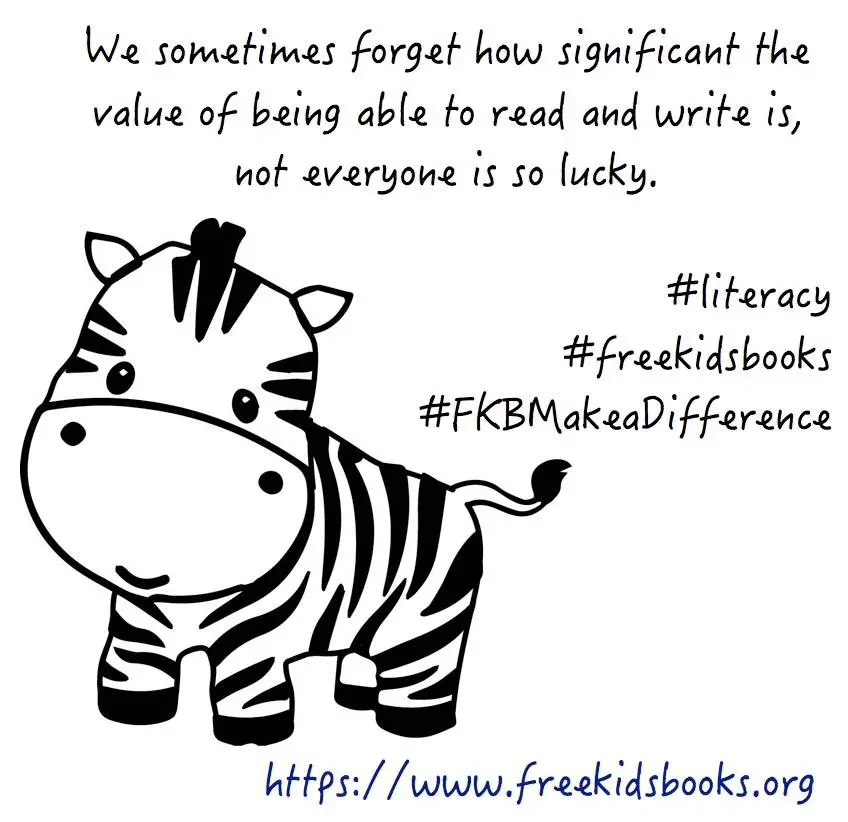
Cultural appreciation is a sensitive yet essential topic for academicians. Even though schools ought to incorporate it in their curriculum, the mode of approach to be considered matters. As a result, we have curated helpful tips to consider during the process, regardless of the diverse learning environments. These tips also serve different interests without making the concept too cliche for learners.
Types of Cultural Diversity
Cultural diversity encompasses creating awareness in the following spheres:
Race
Race refers to a person’s skin color and its impact on how they experience life in society. Race can also influence one’s view of themselves.
Ethnicity
Ethnicity refers to the one’s nationality and culture. Sometimes, it is interchanged with race, although it is essential to acknowledge that some people might hail from different places and have the same skin color.
Language
Language is also a significant factor that differentiates people from different cultures. For instance, in the USA, most of the population speaks English, even though that is not the only language spoken in the country. This prompts the need to consider inclusive means of interaction.
Religion
Religion is another yardstick that is used to differentiate people. Since different religions advocate for diverse practices, exploring ways to ensure a balanced and inclusive interaction is essential.
15 Tips for Fostering Cultural Diversity in Class
Explore these tips if you intend to have a culturally inclusive learning environment:
1. A Diversified Curriculum
Diversifying the curriculum is a genius way of seamlessly incorporating cultural diversity into the syllabus. Include content from diverse sources and authors. Expose the learners to various cultures through multicultural literature while delving into details about historical events and their significance.
2. Cultural Activities
Another essential element to consider when creating cultural awareness and fostering cultural diversity is encouraging the learners to engage in cultural activities. This is an ideal move to consider after introducing the learners to other cultures through their classwork.
Plan cultural activities like fairs, workshops, events, and celebrations. You could also organize challenges like cultural weeks and months and encourage the learners to express themselves through performances and dress codes.
3. Fostering Inclusivity in the Classroom
Classes might limit learners from exploring their full potential at tapping into the wealth of information entailed in cultural diversity. Therefore, out-of-class activities could make up for what is not covered.
For instance, you could encourage learners to explore artwork from other cultures. They could also collect reading materials from diverse cultures and build a class library that the rest of the class can access. You could also challenge them to have frequent presentations about their findings about cultures.
4. Cultural Clubs
Incorporating cultural diversity in extracurricular activities like clubs is another intelligent and non-cliché move to consider. In this case, encourage the learners to consider cultural clubs and furnish them with material to explore. Doing so fosters an attitude that enables them to immerse themselves in wanting to learn more about these cultures.
5. Training
If you plan on implementing this undertaking, ensure that the teachers are competent and trained enough to deliver. Remember, this is a new concept you are introducing; therefore, the possibility of questions cropping up during the lessons is high. So, to build confidence in the teachers as they tackle the new concept, ensure they are educated enough.
Engage the teachers in workshops to brainstorm creative ways of incorporating cultural diversity in the class. You could also organize and have cultural professionals share their two cents during these training sessions. Alternatively, work hand in hand with essay writer service providers to research and gather relevant information about cultural diversity.
6. Global Cultural Awareness
Another effortless option is involving the students in global cultural awareness activities. One simple way of doing so is by encouraging them to mark international days whose theme is cultural diversity.
While doing so, encourage the learners to get into details about the impact of these international days. Marking these days is also a genius point to kickstart conversation about cultural diversity and lessons from different cultural practices.

7. Cross-Cultural Experiences
Besides marking international days, you could also expose the learners by organizing museum field trips. They could also participate in cultural festivals, especially in locations with multiple cultural backgrounds.
These experiences give the learners a better chance to remember what they would have learned. It is also a fun learning method; hence, it is more likely to encourage them to develop an interest in the topic.
8. Language and Communication
If language is one of the branches of cultural diversity you want the learners to explore, consider throwing in a word or two during the learning session. Consider teaching them basic greetings and phrases. Challenge them to construct sentences using the few phrases and vocabulary they would have encountered.
Another approach you could consider when using language is asking the learners to explore the significance of language diversity. You could also challenge to engage in a debate on the same.
9. Projects
Another fun and engaging learning method is encouraging the learners to participate in research projects where they can hire essay writer service providers to provide information about diverse cultures. You could also ask them to prepare presentations on cultural elements like art, music, and language.
10. Oral Traditions
Another fun and creative way of fostering cultural inclusivity and an interest in exploring other cultures is through oral traditions. For instance, you could invite natives from particular communities to tell the tale about their cultural background and traditions.
You could also incorporate elements such as storytelling and music. Such options appeal to a broader mass and could easily prompt the learners to develop an interest in learning more about culture.
11. Community Engagement
Extend the learning process beyond the confines of the classroom. Encourage the community to participate in the initiative by providing input and encouraging conversation at home.
12. Food and Cuisine
Encourage the learners to explore cuisines from other communities. For instance, you could organize potluck events and have the students bring food from diverse cuisines. Use this opportunity to foster a conversation around the significance of food in cultural diversity and identity.
13. Global Collaboration
Leverage technology to connect the learners to individuals from other cultures. Platforms like handmadewriting could come in handy in recommending reliable sources of information and reference material needed for this process.
14. Inclusivity in Language
The downside of encouraging this conversation is that it might motivate the learners to communicate in specific languages. As a result, it might instigate division. Therefore, encourage the learners to respect everyone’s culture and promote inclusivity by encouraging them to communicate in a common language.
15. Foster Respect and Inclusivity
Conversations around cultural diversity should not be mistaken for a recipe for division. Instead, view them as an opportunity to explore life beyond your lenses.
Therefore, ensure that the learners do not use them to address stereotypes or form misleading cultural perceptions. Therefore, ensure the content you deliver is factual. On rare occasions, you should let the learners explore writing service providers.
Instead, foster respectful behavior and an inclusive approach throughout the learning process. Emphasis more on the importance of cultural diversity.
Importance of Cultural Diversity in Schools
Having gotten this far, you might wonder why fostering cultural diversity is important. Highlighted below are the advantages of going the extra mile to enlighten learners about cultural diversity:
1. A Better Understanding of People and Community
Introducing learners to people from diverse backgrounds opens their minds to the outside world and cultures around the globe. It is also an opportunity to foster a better comprehension of a subject. Exposing them to cultural diversity also builds their confidence in expressing their points of view while welcoming different opinions and thoughts about topics.
2. It Promotes Empathy
Fostering cultural diversity goes beyond enforcing certain concepts. It also helps nurture the learners’ skills like empathy. For instance, it encourages them to create a personal connection with different people and cultures.
Opening them up to other cultures is an opportunity to view life from a different lens. Therefore, it encourages them to develop empathy as a fundamental life skill for people from different backgrounds.
3. It Promotes Open-Mindedness
Cultural diversity exposes learners to different viewpoints, perspectives, ideologies, and backgrounds. As a result, the learner is challenged to have an open mind when navigating life. It also encourages them not to approach life with a closed-off approach but to be open to new ideas.
4. It Promotes Diversity and Open-Mindedness in the Workplace
Globalization has made the world feel like a small village. It has also allowed learners to get in touch with different cultures. As a result, it is fundamental for any learner to prepare for a cultural immersion if they intend to tap into the opportunity outside what they are used to.
5. It Fosters Confidence and Safety
Learning about different cultures is an opportunity to explore and demystify myths, misconceptions, and stereotypes about how people from different cultures operate. While doing so provides a chance to feel more confident about interacting with people from diverse cultural backgrounds.
These top 15 tips for fostering cultural diversity create an inclusive environment for learners to make the most of the topic. They are also keen on ensuring they develop an interest in the subject.











